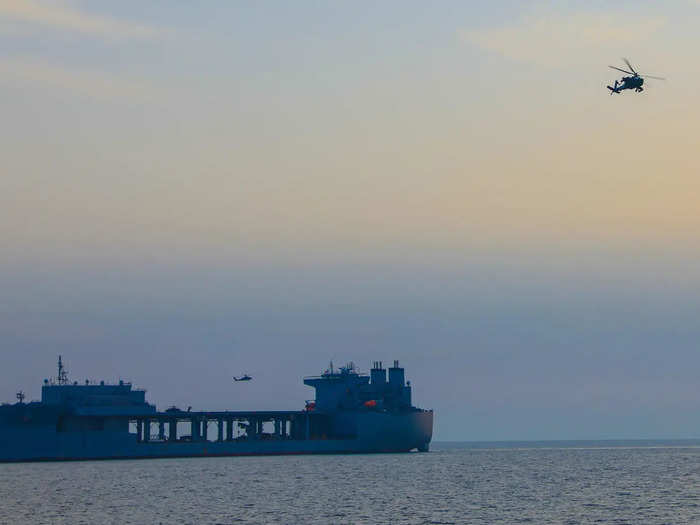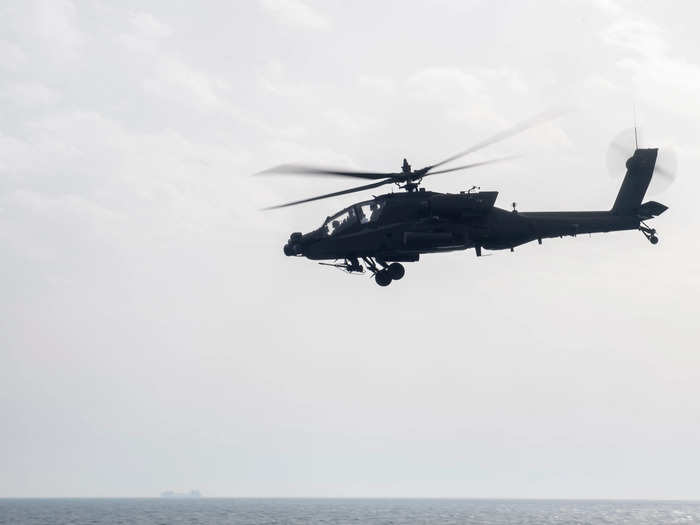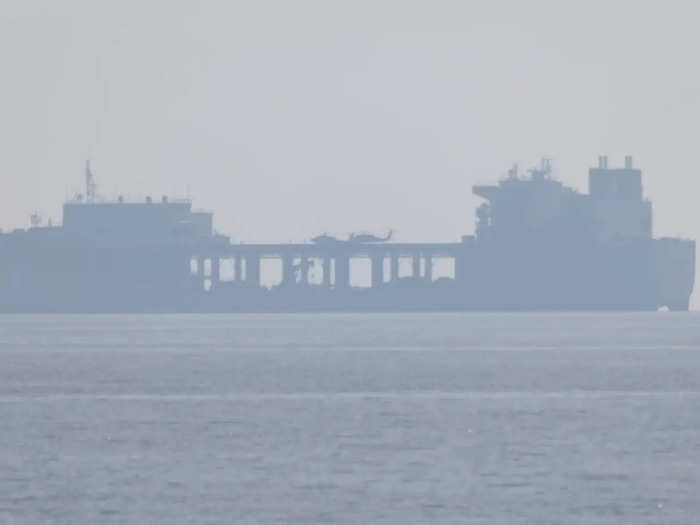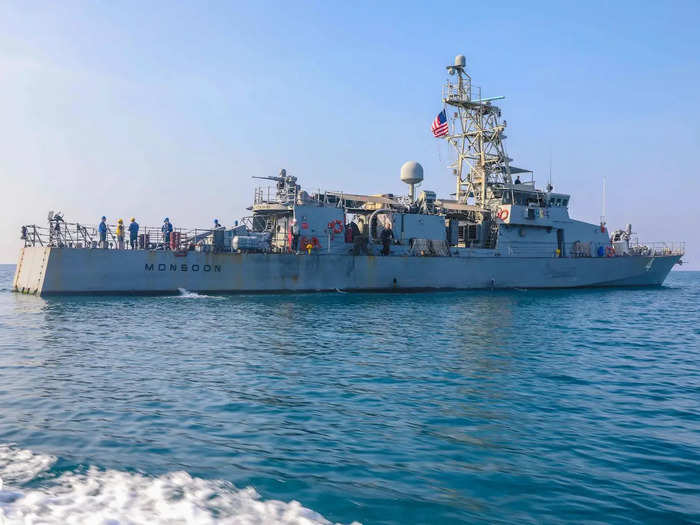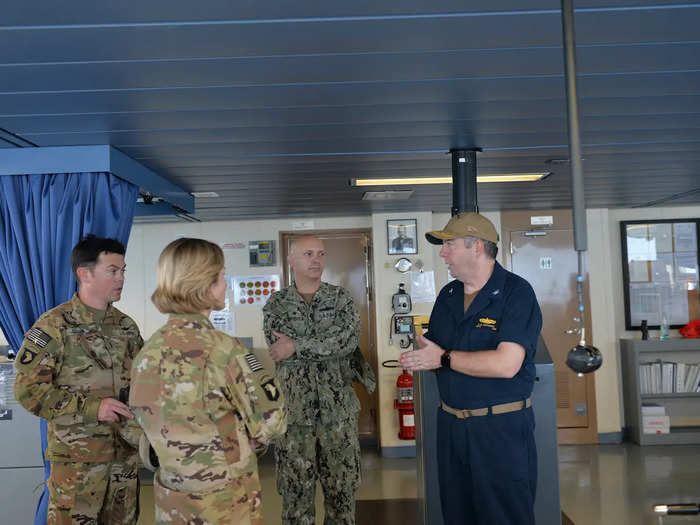"The Apaches, in coordination with our surface ships, allow us to hold an adversary at high risk at extended ranges. Combined with other joint fires, these aircraft significantly increase the precision lethality of our joint maritime forces," Mirisola said.
The Apache AH-64E is a twin-engine, four-bladed, multi-mission attack helicopter designed as a highly stable aerial weapons-delivery platform.
It is capable of destroying an array of mobile armored targets on land and sea using a 30 mm automatic gun, aerial rockets and AGM-114 Hellfire missiles.
Similar integration operations with special operations assets were conducted in the Arabian Gulf between US naval forces and MH-6M Little Bird helicopters during Operation Earnest Will from 1987 to 1988.
"Working with USARCENT forces represents another key capability in our ongoing integration of naval and air assets across our joint and coalition force to ensure maritime superiority," said Vice Adm. Jim Malloy, commander, USNAVCENT/US 5th Fleet.
"This kind of cross-domain integration allows us to maintain highly lethal and effective defensive capabilities, regardless of what platforms are operating in theater," Malloy said.
The US 5th Fleet area of operations encompasses about 2.5 million square miles of water area and includes the Arabian Gulf, Arabian Sea, Gulf of Oman, Red Sea and parts of the Indian Ocean.
The expanse is composed of 20 countries and includes three critical choke points at the Strait of Hormuz, the Suez Canal and the Bab el-Mandeb Strait at the southern tip of Yemen.

